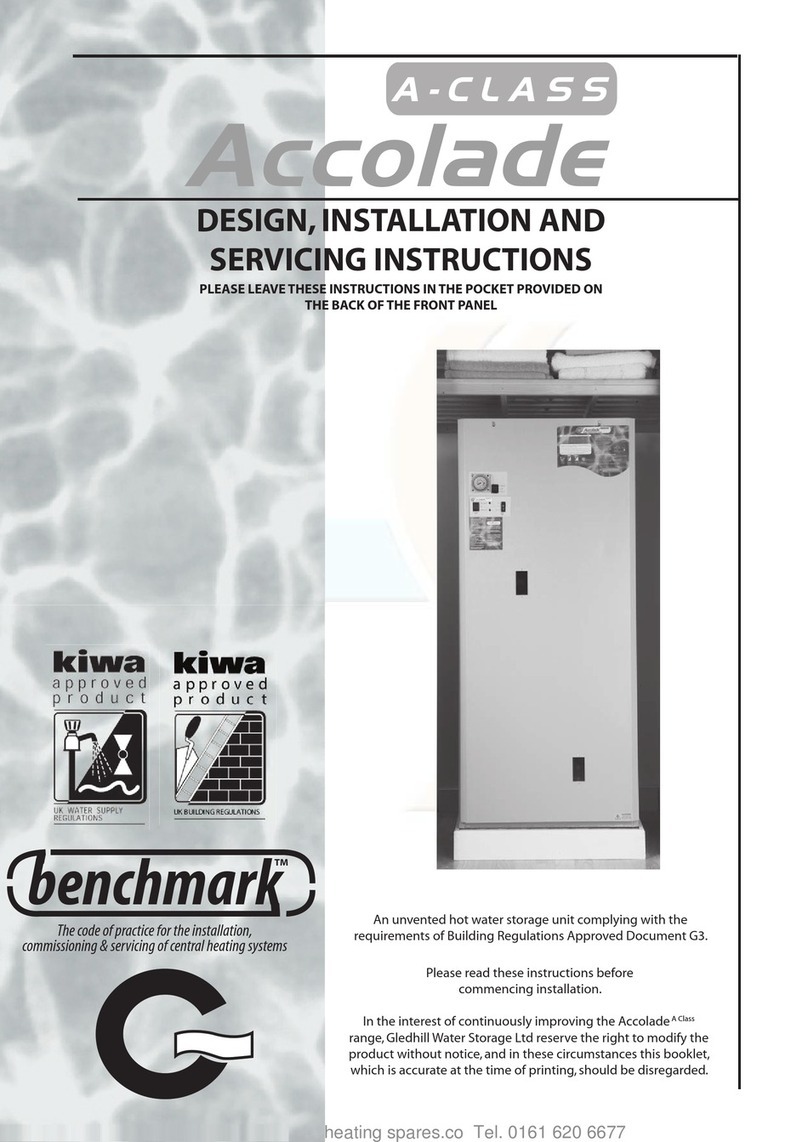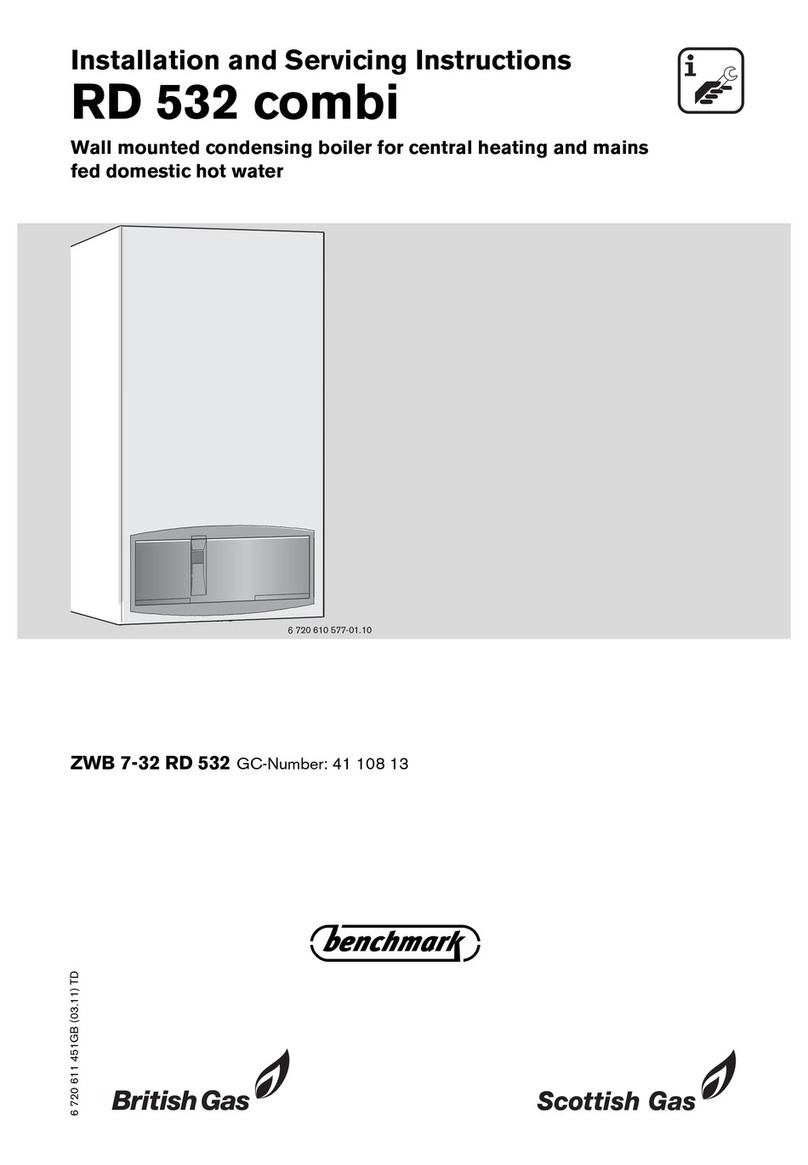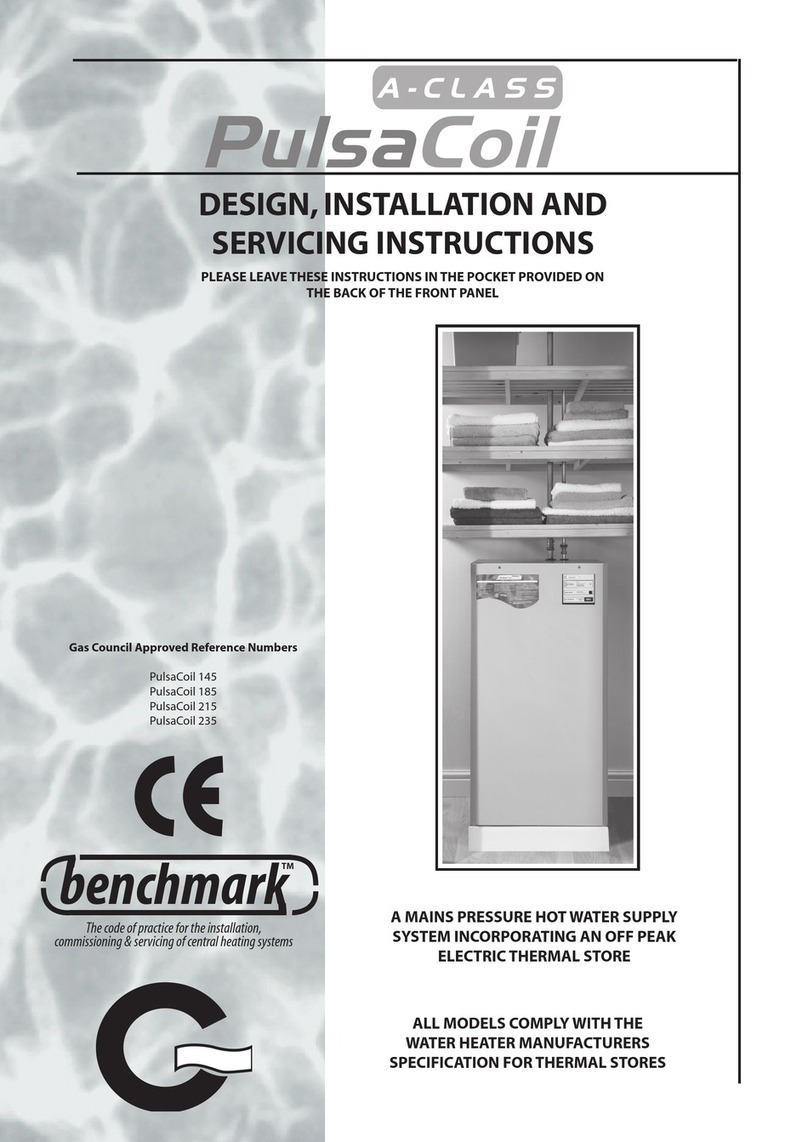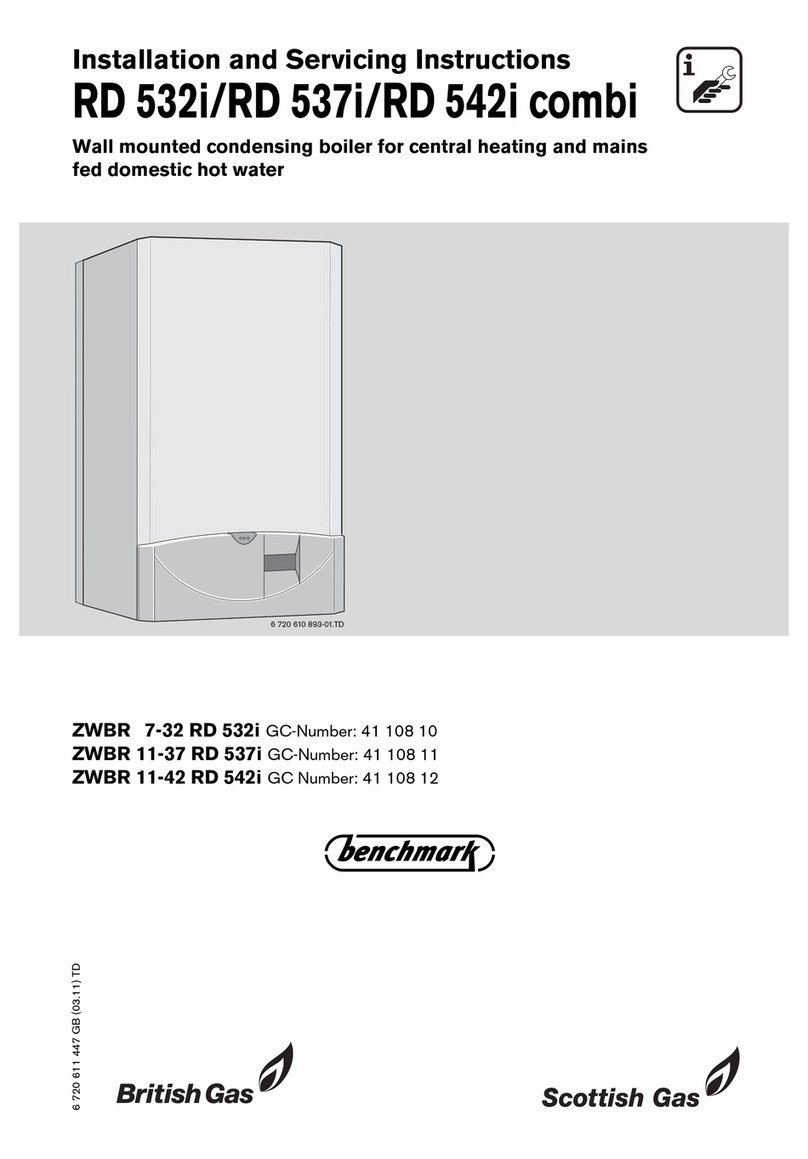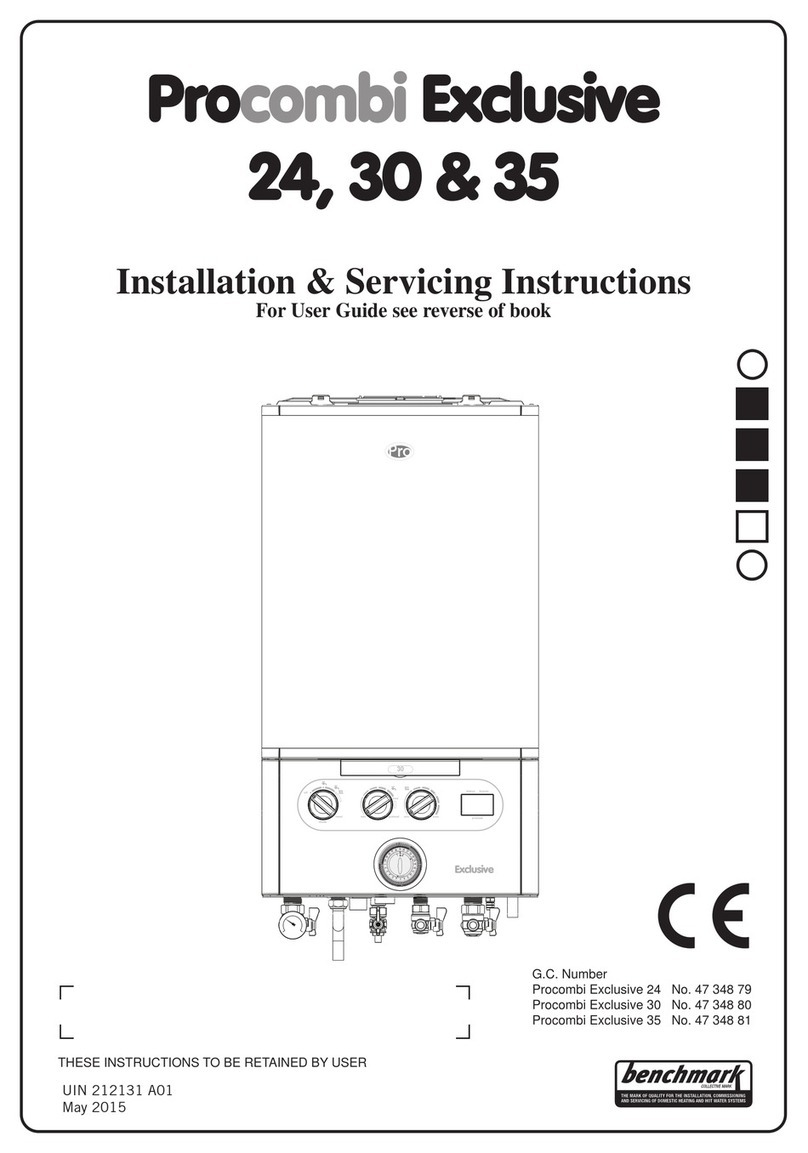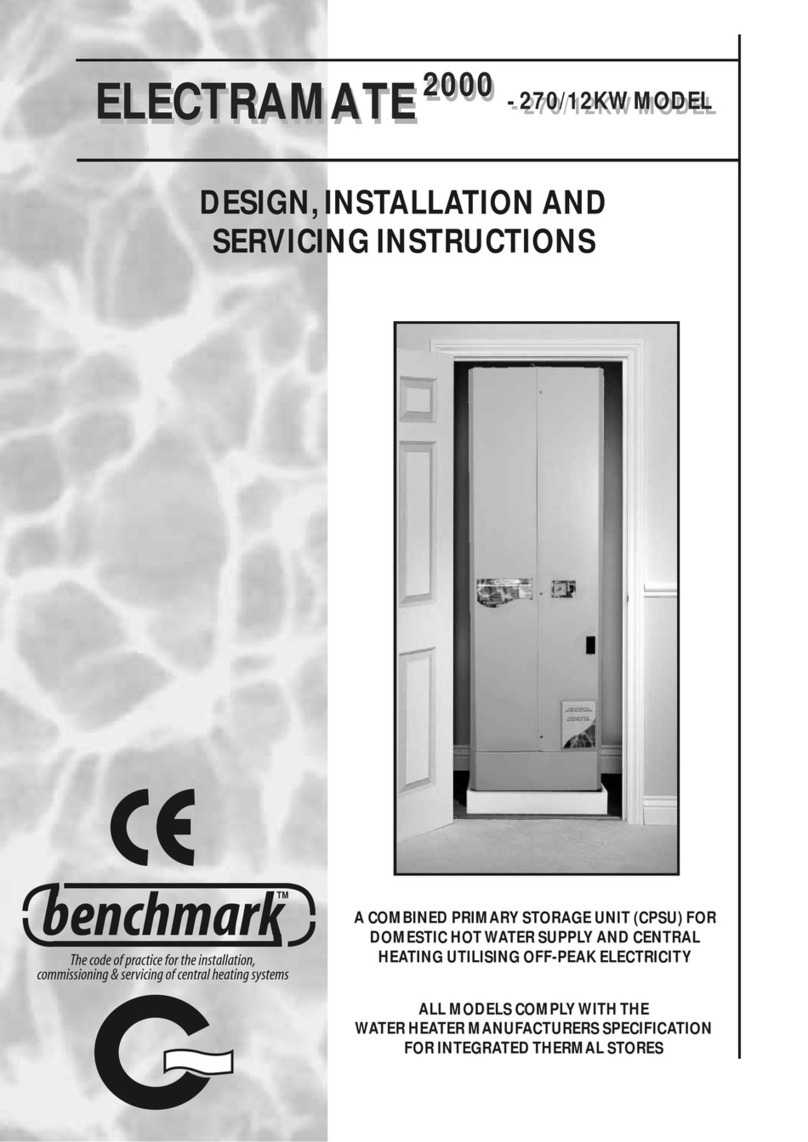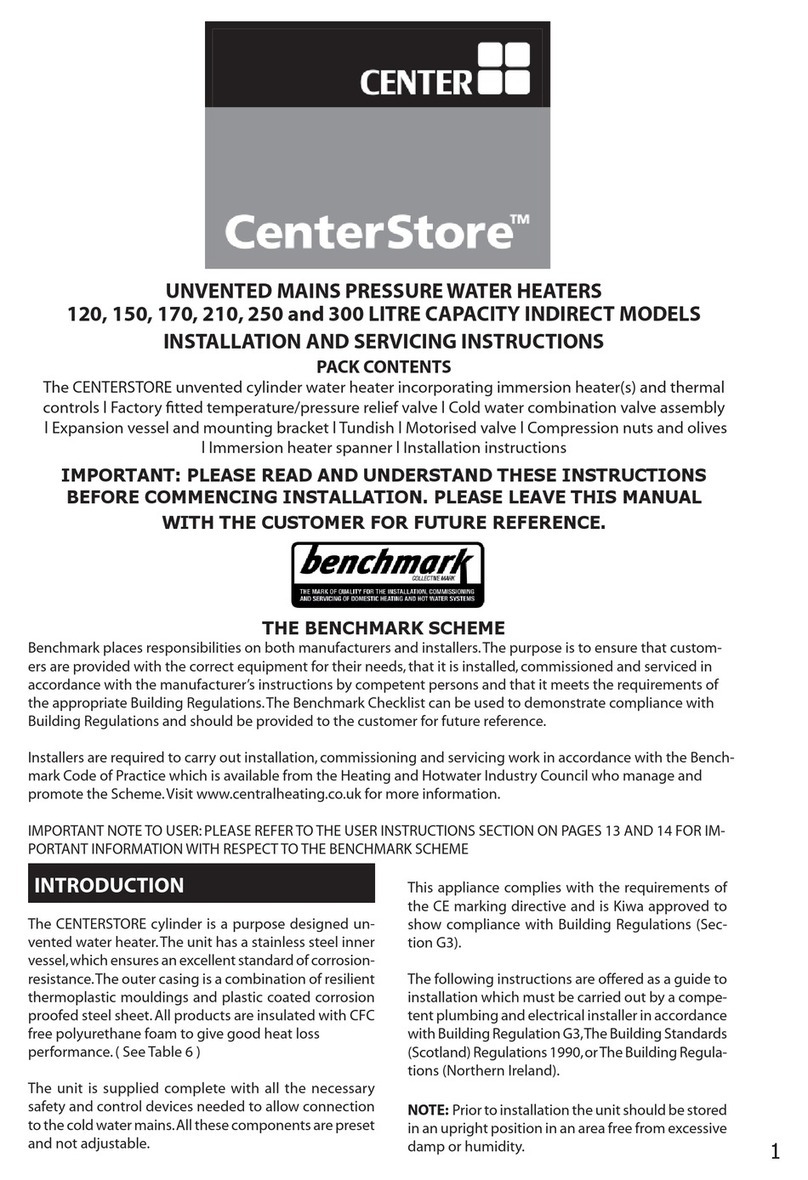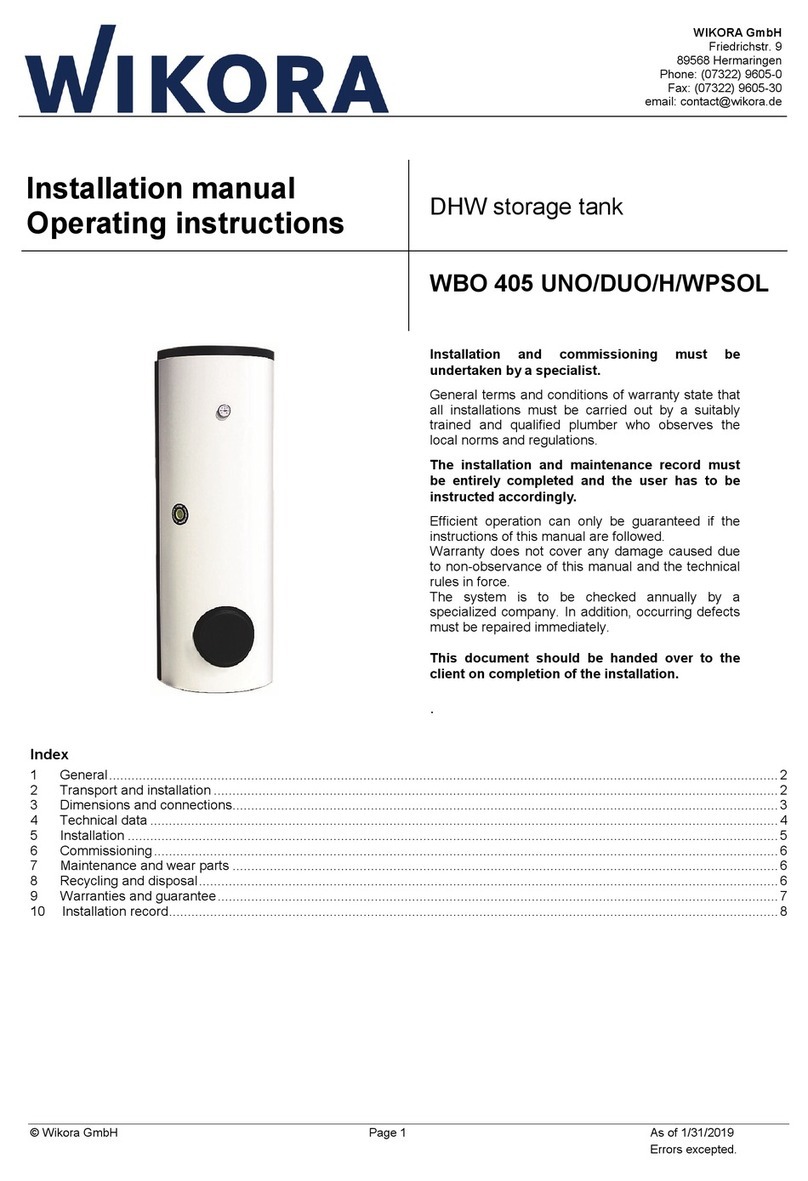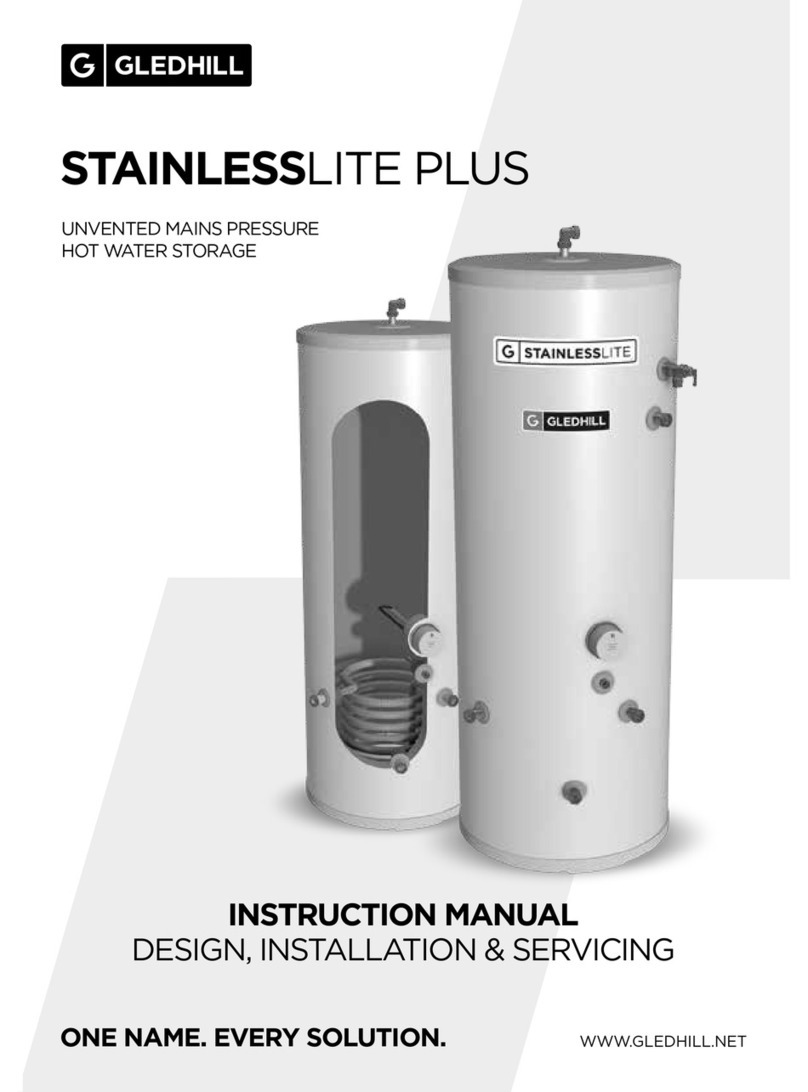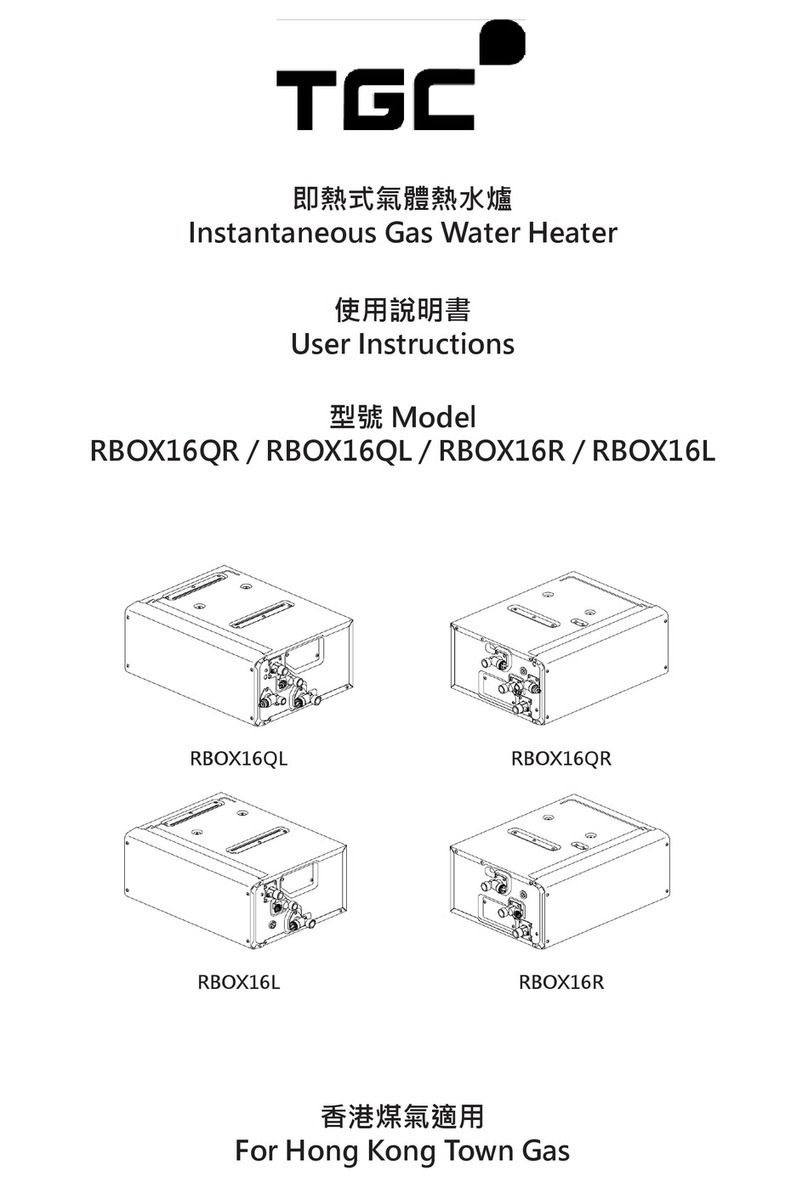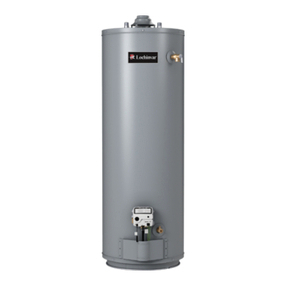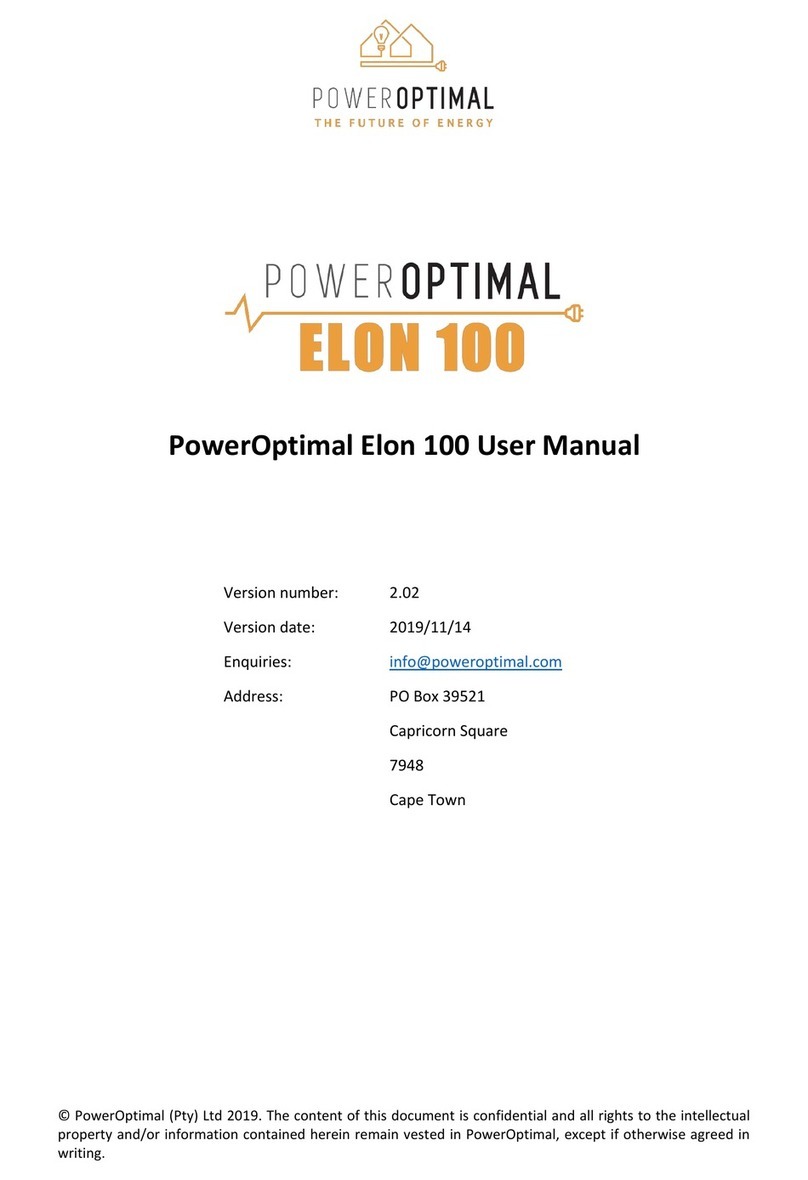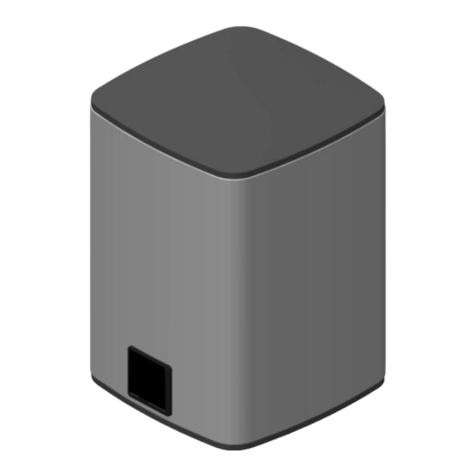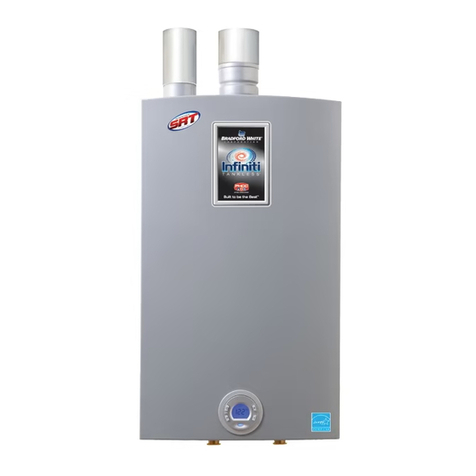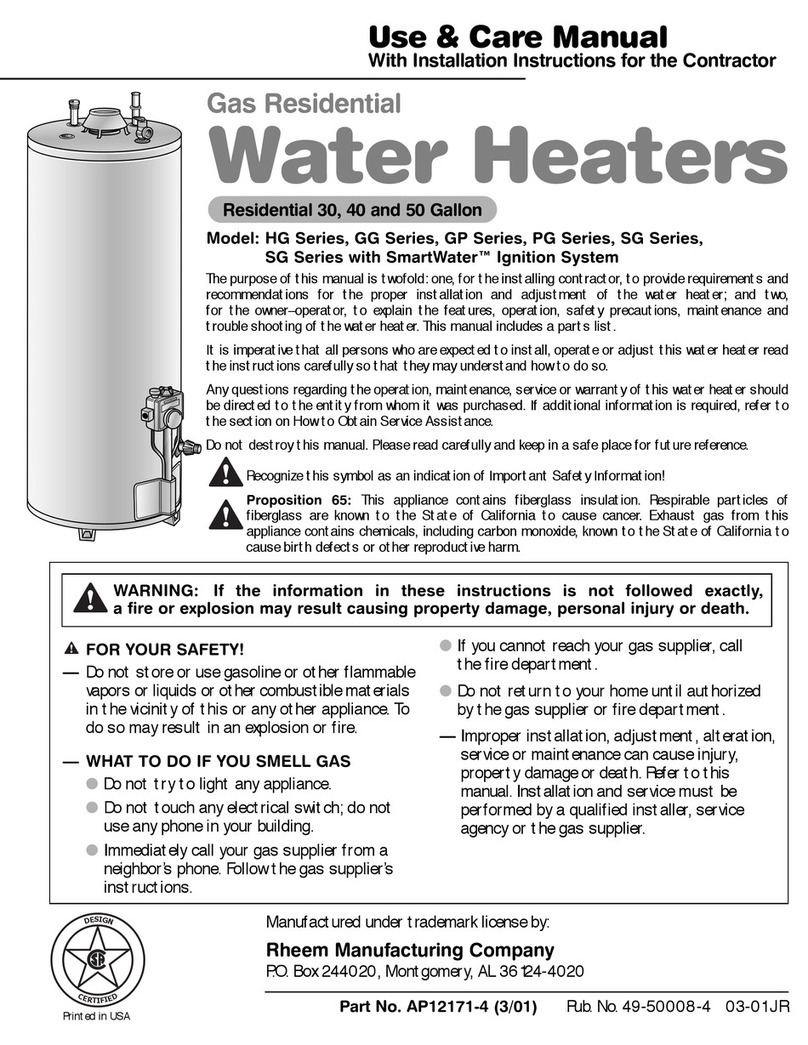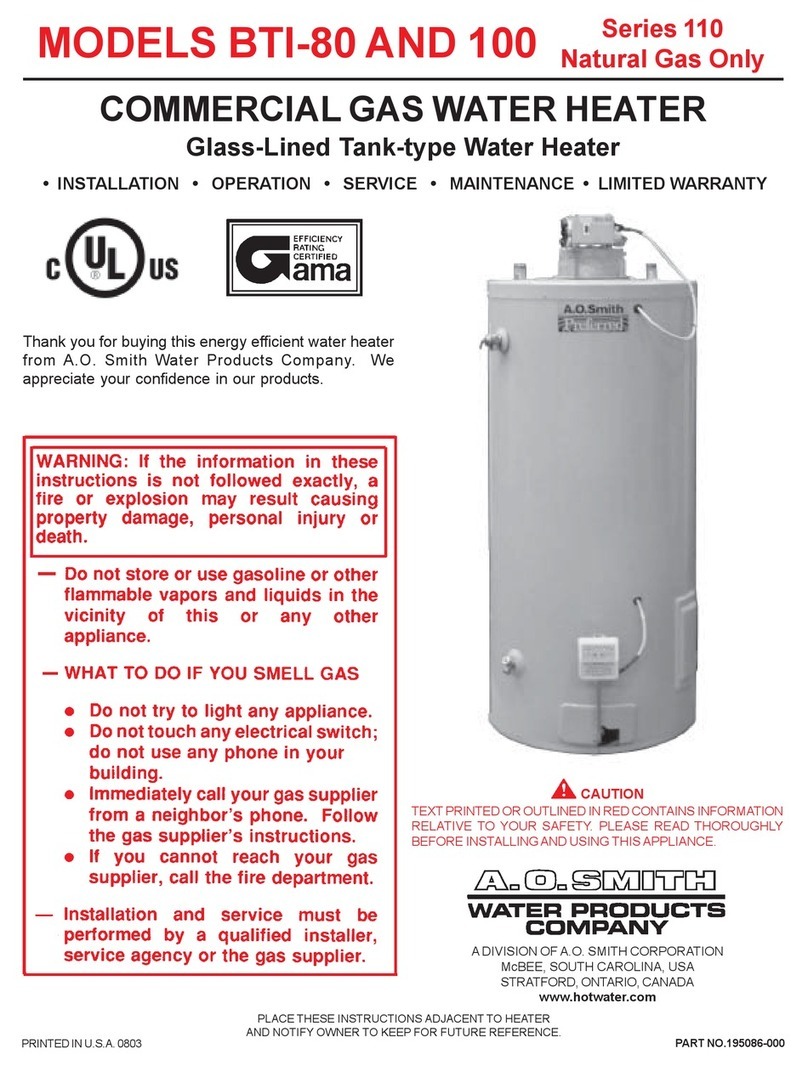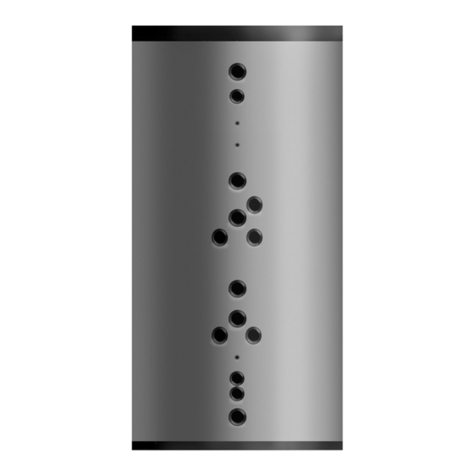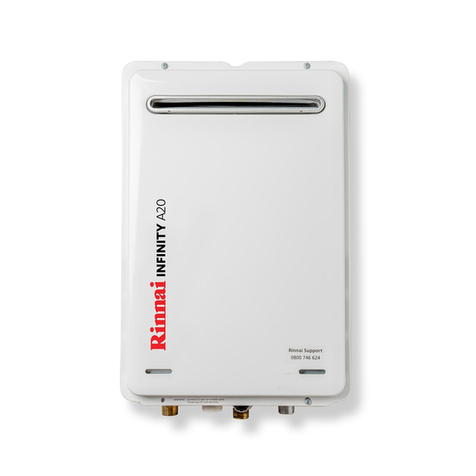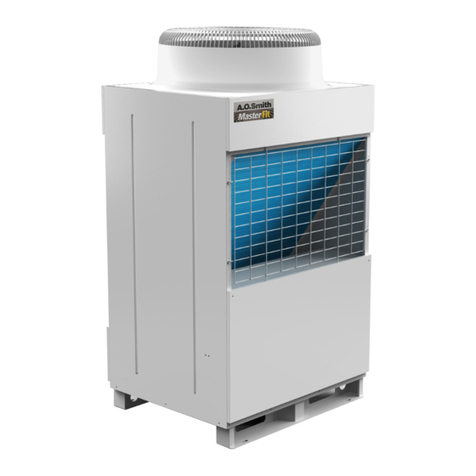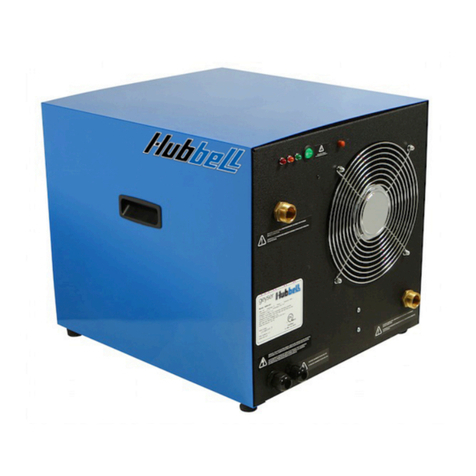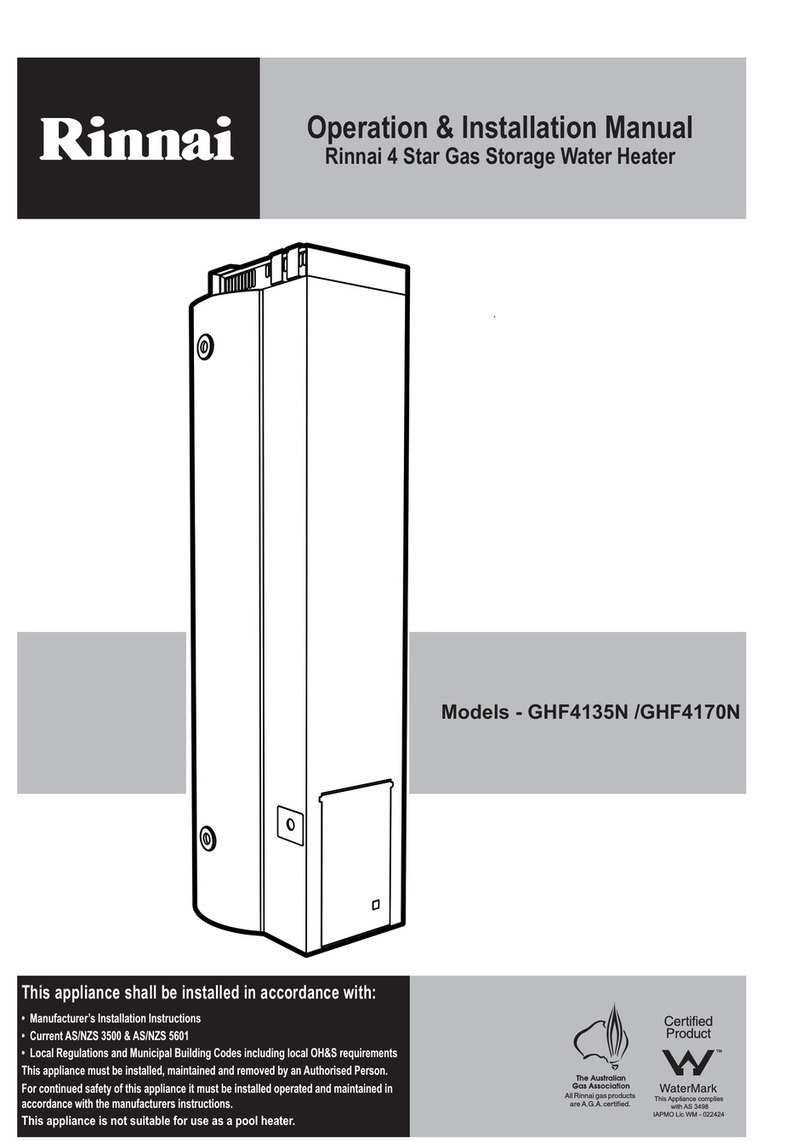
Page 19
PULSACOIL 2000
2.3 COMMISSIONING
Fully ush and if necessary chlorinate the hot and cold water system in accordance
with the recommendations in the Water Regulations and BS 6700.
Once the system is nally lled turn down the servicing valve for the ballvalve
in the F & E cistern to the point where the warning/overow pipe will cope with
the discharge arising from a ballvalve failure.
If an overow is not provided ensure the temporary lling hose is isolated and
removed from its connection to the cold water supply.
It is essential that all systems function properly for optimum performance.
To achieve this the flow rate from each tap should be checked and a suitable
number of taps run simultaneously to check the impact of this on the ow rate
at individual taps.
We recommend that ow restrictors are provided for each tap/terminal tting
to ensure that the available ow is shared evenly - See Appendix A for further
details.
Commissioning the PulsaCoil Control System
Once the PulsaCoil 2000 is lled with water one end of the link (L1) can be removed
from terminal 12, inserted into terminal 11, and the electrical supplies switched on.
WARNING - Inserting this link into terminal 11 will complete the electrical control
circuit and allow a supply to the immersion heaters. DO NOT INSERT THIS LINK AND
SWITCH ON THE ELECTRICITY SUPPLY UNTIL YOU HAVE CHECKED THAT THERE
IS WATER IN THE F & E CISTERN . Failure to do this will result in dry ring and
premature failure of the immersion heaters.
The green indicating lamp on the front of the appliance will light to show the control
circuit supply is live.
The red indicating lamp will only light to indicate a fault condition, (See 3.4 Fault
Finding for further details).
Note: It will light initially if the electricity is switched on and the link has not been
moved from terminal 12 to terminal 11.
When the green indicating lamp is lit switch on the on-peak (top) immersion heater
and allow the appliance to reach temperature. Check that the rod thermostat
mounted in the on peak immersion heater has switched off at the correct temperature
of approx 72ºC.
When this has been proven isolate the incoming power supplies and remove the
incoming on and off peak supplies from the immersion heater supply terminals.
Temporarily reconnect the on peak supplies to the off peak terminals (numbers 8, 9)
and 10) and allow the appliance to reach temperature.
Check the rod thermostat has switched off the off peak immersion heater at the
correct temperature of approx 72ºC.
If the control thermostats do not switch off the immersion heaters at the correct
temperature the overheat thermostat will operate the manual reset button. In this
case check and adjust or replace the relevant rod thermostat and reset the overheat
button. Reduce the store temperature by running some hot water and repeat the test
relevant to the immersion heater/control thermostat concerned.
Once it has been proved that the control thermostats are working correctly isolate
the incoming power supplies and re-connect the immersion heater supplies in
accordance with the details in 2.2 Installation.
2.0 INSTALLATION
Run a tap and using a digital thermometer
check that the temperature of the hot water
is about 55°C. This temperature is factory set
and is independent of the store temperature
and hot water ow rates.
This product is covered by the ‘Benchmark’
scheme and a separate commissioning/
service log book is included with this
product. This must be completed during
commissioning and left with the product
to meet the Warranty conditions offered
by Gledhill.
Important Do’s and Don’ts
1. DO check the incoming mains water
pressure. The preferred range of mains
pressure is 2 -3 bar.
2. DO check the ow rate of the incoming
cold water main is adequate to meet
the maximum hot and cold water
simultaneous demands.
3. DO check that all connections are in
accordance with the labelling on the
thermal store.
4. DO NOT insert link (L1) and switch on the
electricity supply until you have checked
that the appliance is full of water i.e. there
is water in the F & E cistern.
5. DO check the water level is correctly set in
the F & E cistern when cold and that there
is no overow when the appliance is up
to temperature.
6. DO check that the rod thermostats switch
the immersion heaters on/off at the correct
set points i.e. approx 72°C.
7. DO insulate any exposed hot water
pipework in the PulsaCoil cupboard.
8. If the ballvalve in the F & E cistern is
permanently connected to the mains
cold water supply DO plumb the overow/
warning pipe in a 20mm internal diameter
pipe and ensure it discharges in a
conspicuous external position. Use a
material which is suitable for use with
heating F & E cisterns in accordance with
BS 5449 (such as copper).
9. DO ensure the green light is ‘on’ and the
red fault light is off.
10. DO ensure that the functioning and
control of the system is explained to the
occupant.
These instructions should be placed
along with the component manufacturers
instructions in the pocket provided on the
rear of the front panel. The front panel
should then be retted.




















